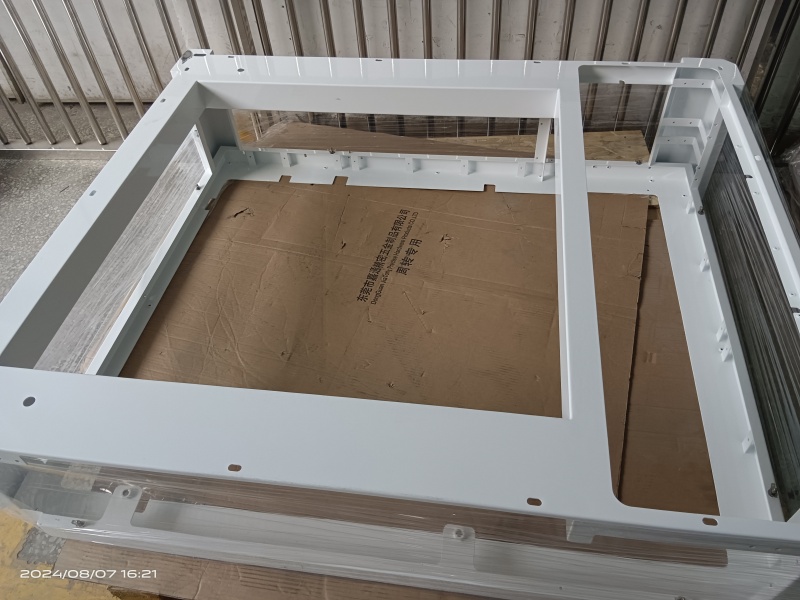
How do you hold sheet metal together?
-
by Jiatong
- 469
Holding sheet metal together can be done in several ways, depending on the application, strength requirements, and whether the connection needs to be temporary or permanent. Here are some common methods:
1. Welding
- Types: MIG (Metal Inert Gas), TIG (Tungsten Inert Gas), and spot welding are commonly used.
- Usage: Creates a permanent, strong bond. Often used in automotive and construction industries.
- Materials: Works well with most metals, including steel, aluminum, and stainless steel.
2. Riveting
- Types: Blind rivets (pop rivets) or solid rivets.
- Usage: Common in the aerospace and automotive industries, especially where welding might not be practical.
- Strength: Provides a strong mechanical bond, but can be more labor-intensive than other methods.
3. Bolting or Screwing
- Types: Hex bolts, machine screws, and self-tapping screws.
- Usage: Allows for disassembly if needed, commonly used in industrial equipment and structures.
- Strength: Stronger than rivets but typically requires pre-drilled holes.
4. Adhesive Bonding
- Types: Epoxies, acrylics, and polyurethane adhesives.
- Usage: Provides a smooth, clean bond without holes or heat. Often used in automotive, aerospace, and consumer products.
- Strength: Varies with adhesive type but generally strong enough for most applications.
5. Clinching
- Usage: Mechanical fastening process that joins two pieces of metal by pressing them together to form a localized interlock.
- Strength: Suitable for thin sheet metals and offers a clean finish without additional materials.
6. Crimping
- Usage: Common in electrical and HVAC applications where connections are made by deforming the metal to hold it together.
- Strength: Suitable for applications where the metal does not need to be disassembled and where a strong but not overly robust connection is sufficient.
7. Seaming
- Usage: Often used in metal roofing, ductwork, and cans, where two pieces of sheet metal are folded and pressed together.
- Strength: Provides a secure connection, typically weatherproof and airtight.
8. Locking Tabs or Slots
- Usage: Metal tabs are inserted into slots in the other piece of metal and then bent or locked into place.
- Strength: Used for lighter applications, like in electronics or appliance housings.
Each method has its own advantages and is chosen based on factors like material type, load requirements, environmental conditions, and whether the connection needs to be permanent or temporary.
Related Links:
sheet metal fabrication company china | china sheet metal forming manufacturers | china sheet metal fabrication manufacturers | china custom sheet metal parts | china sheet metal fabrication companies | china sheet metal fabrication factory | sheet metal fabrication companies in china | sheet metal parts manufacturing china | china sheet metal parts manufacturers | china sheet metal parts company | china metal enclosure manufacturers | china aluminum sheet metal fabrication manufacturers | china sheet metal manufacturing manufacturers
Holding sheet metal together can be done in several ways, depending on the application, strength requirements, and whether the connection needs to be temporary or permanent. Here are some common methods: 1. Welding Types: MIG (Metal Inert Gas), TIG (Tungsten Inert Gas), and spot welding are commonly used. Usage: Creates a permanent, strong bond. Often…
Holding sheet metal together can be done in several ways, depending on the application, strength requirements, and whether the connection needs to be temporary or permanent. Here are some common methods: 1. Welding Types: MIG (Metal Inert Gas), TIG (Tungsten Inert Gas), and spot welding are commonly used. Usage: Creates a permanent, strong bond. Often…